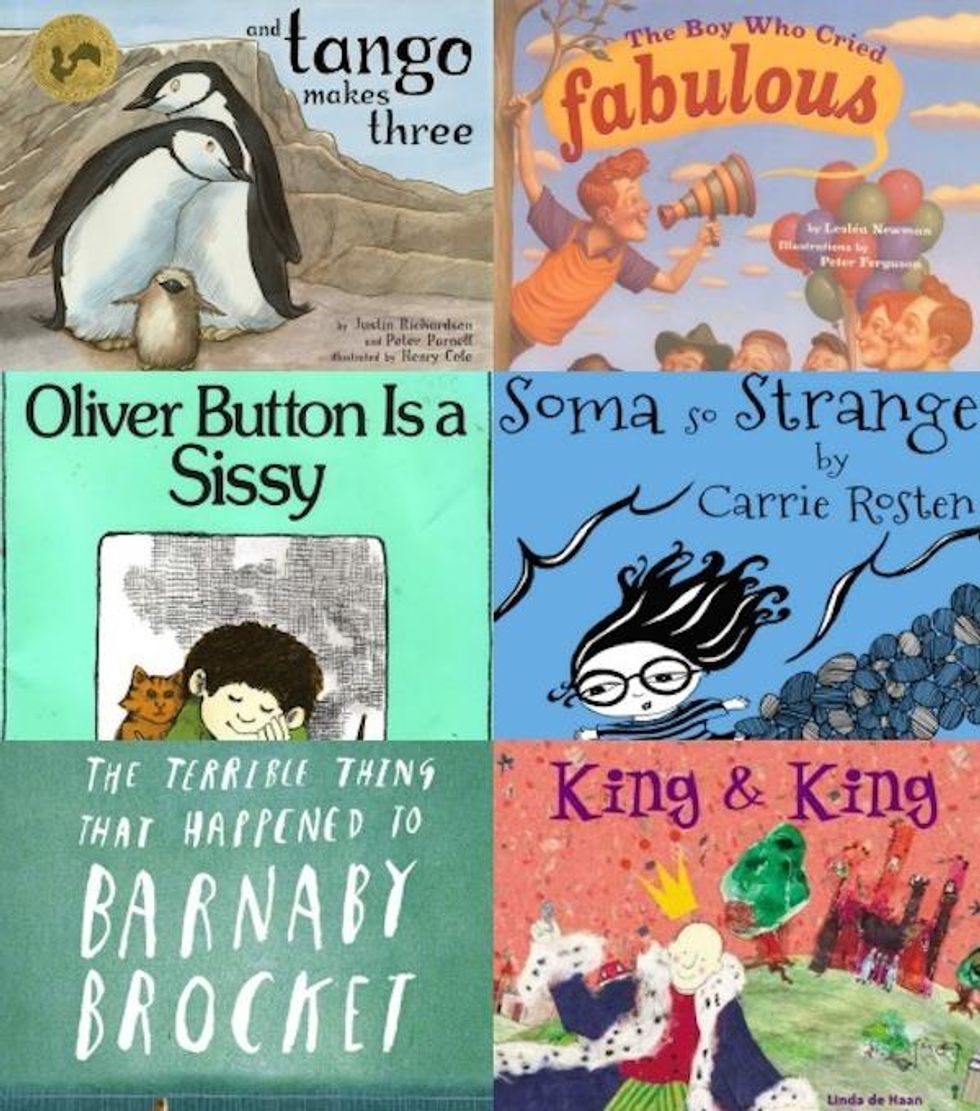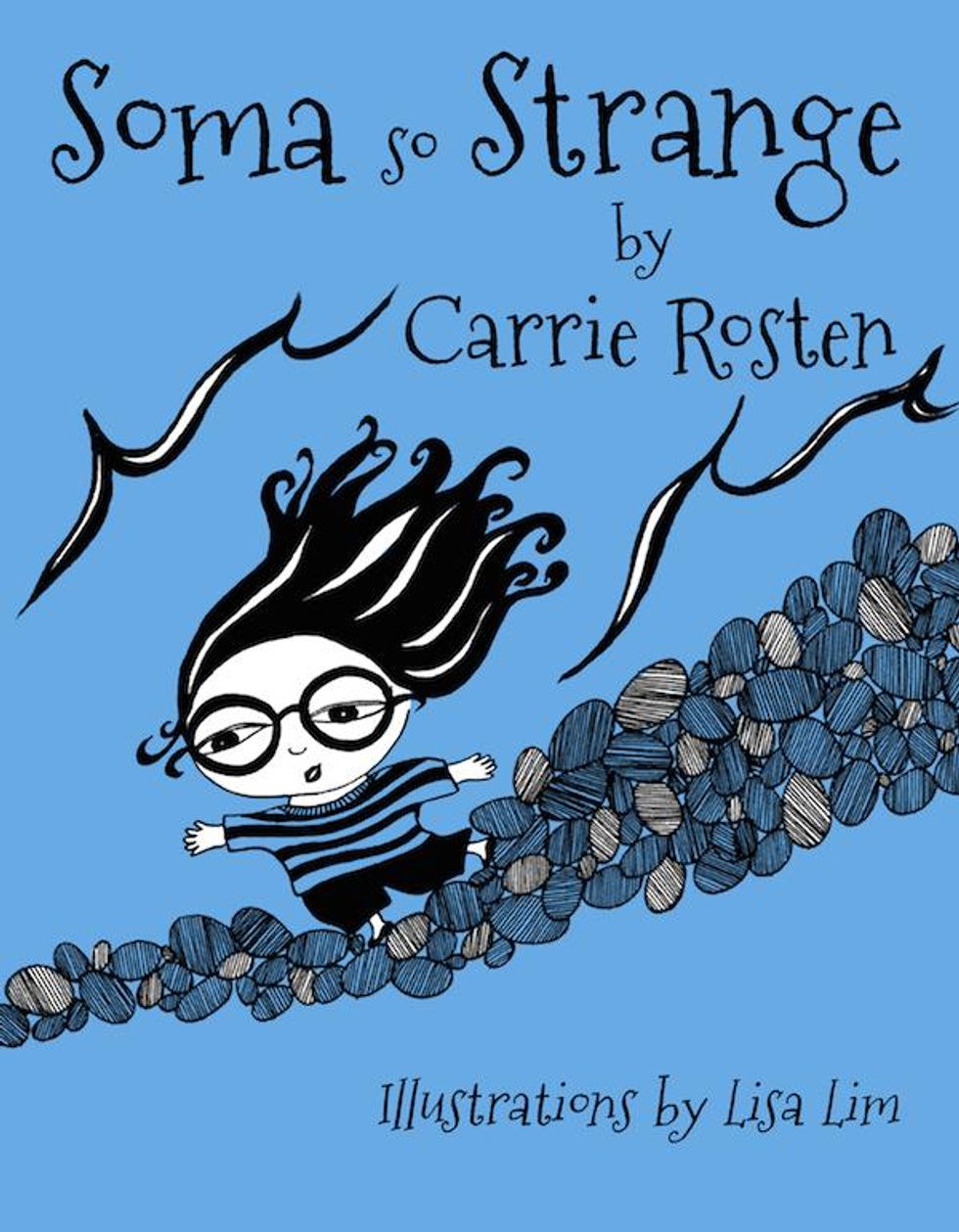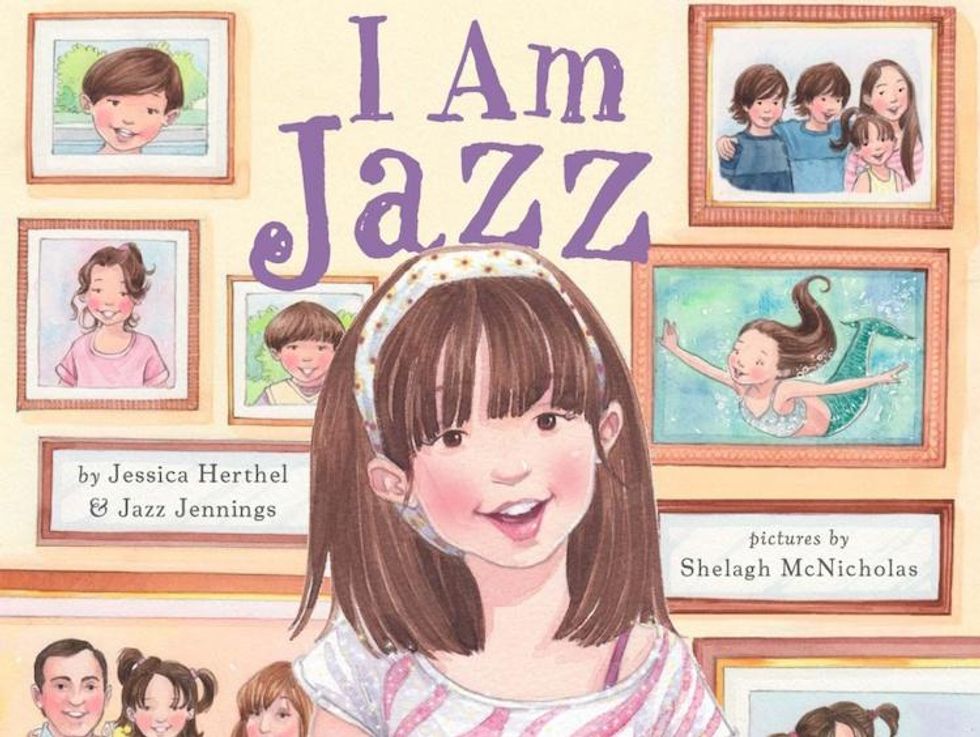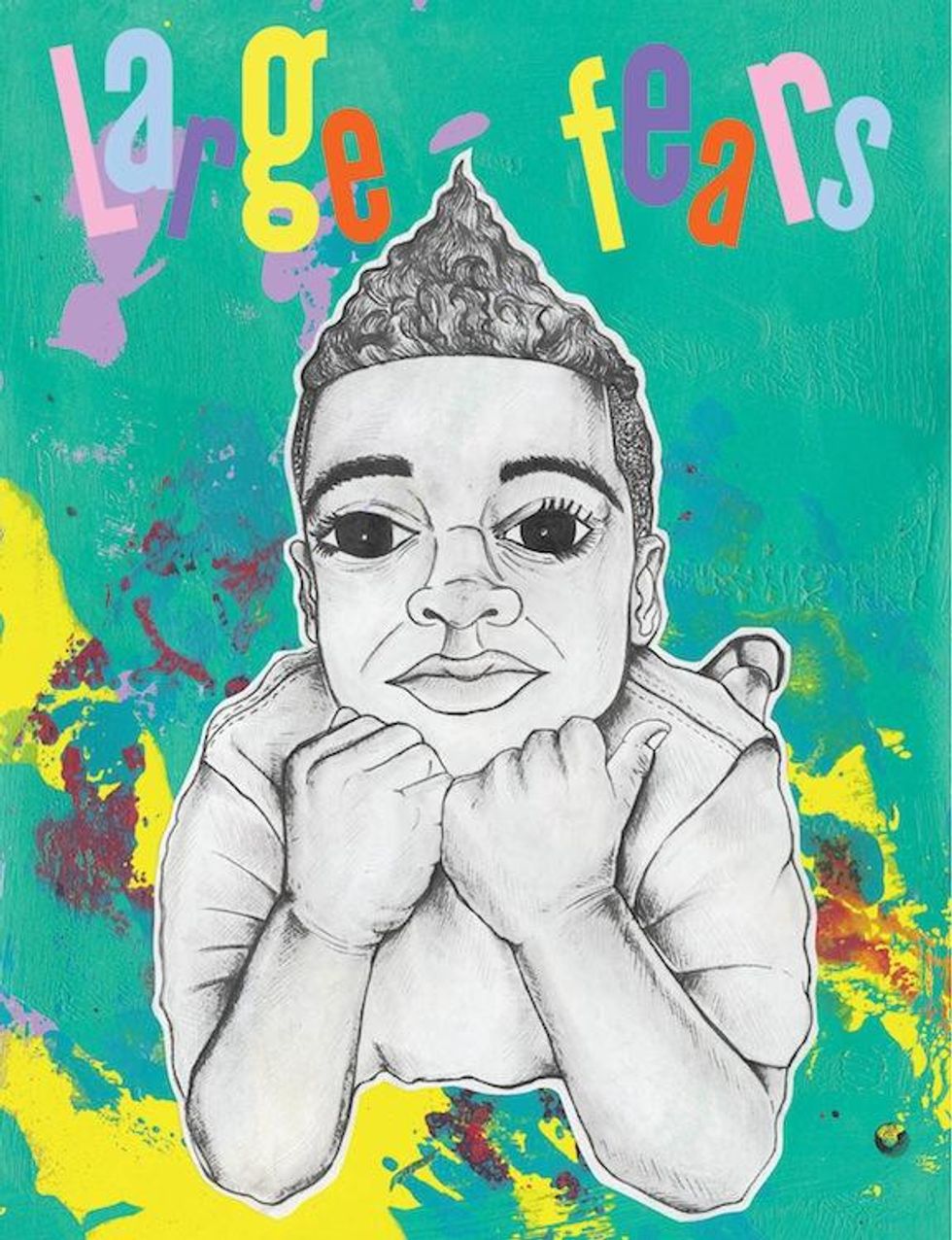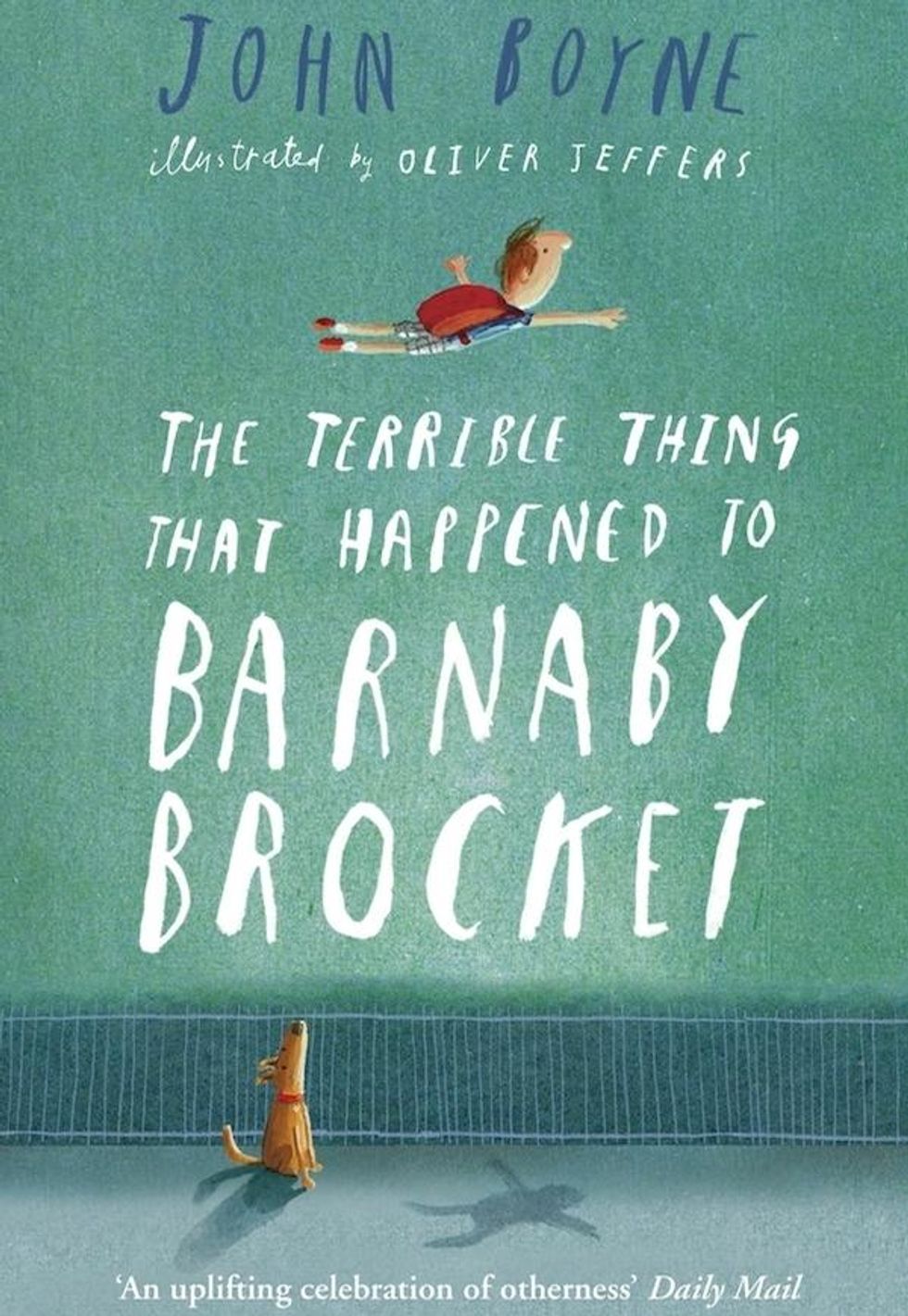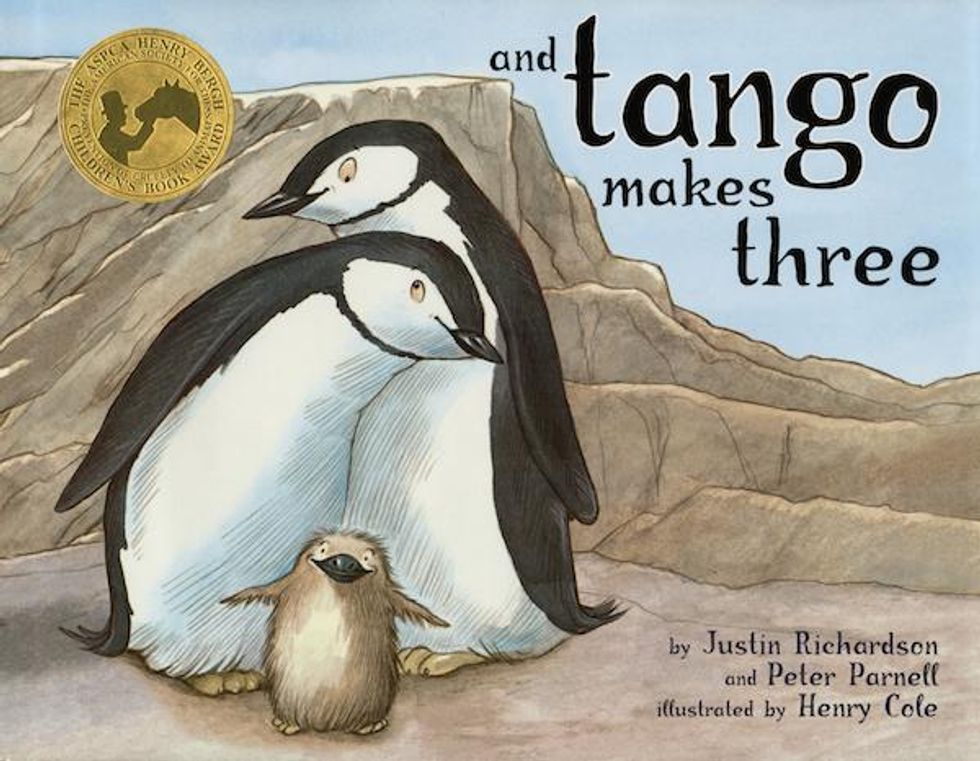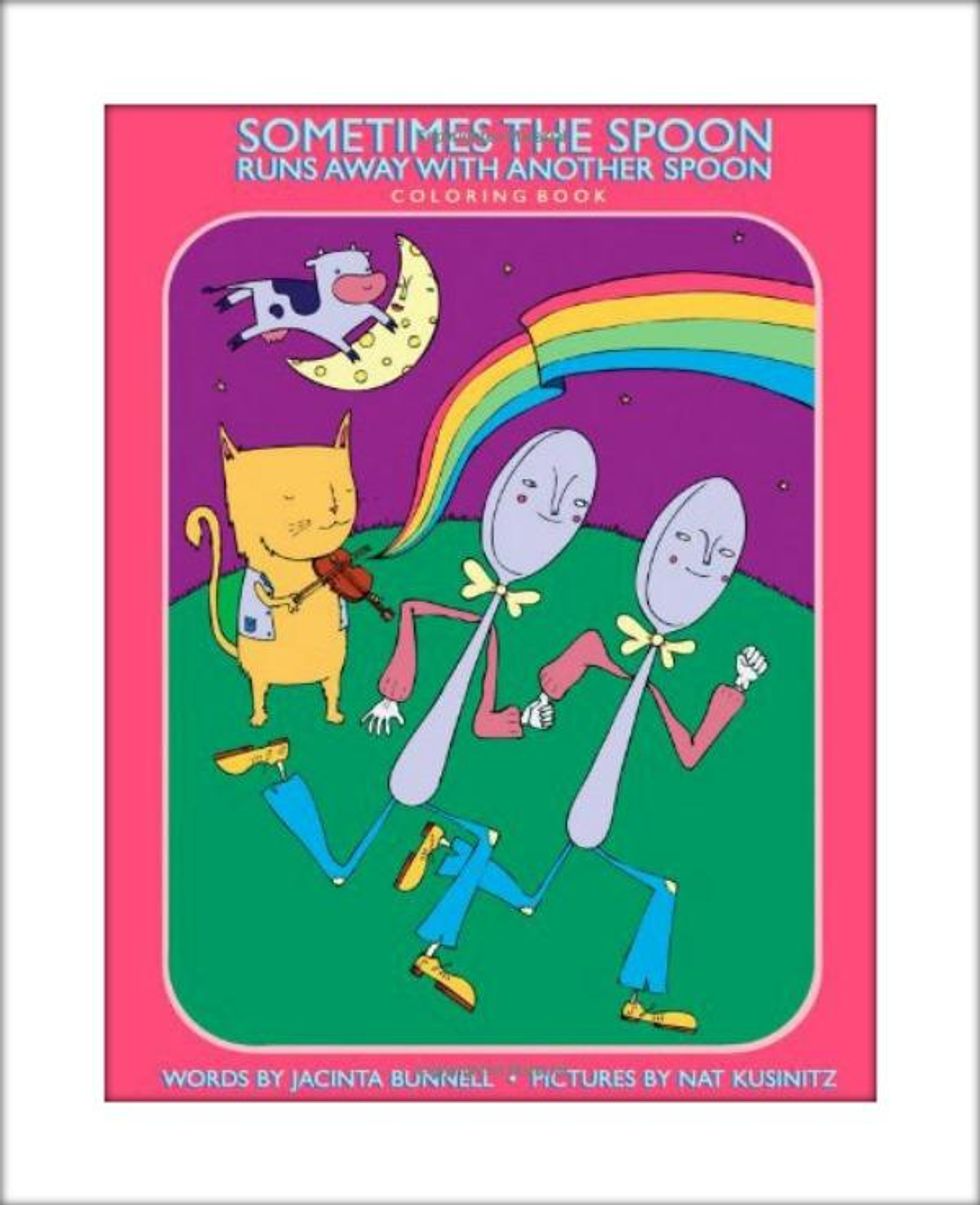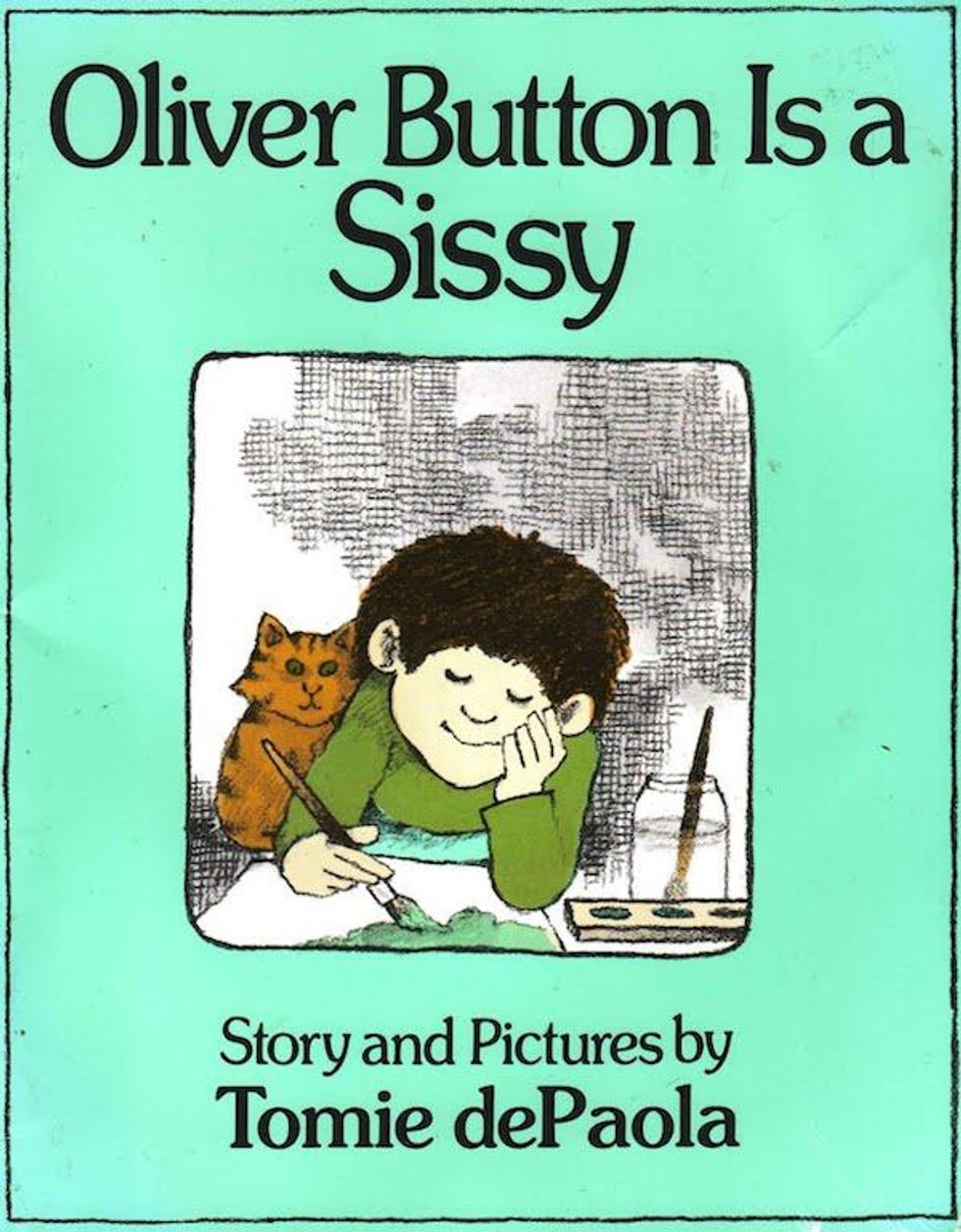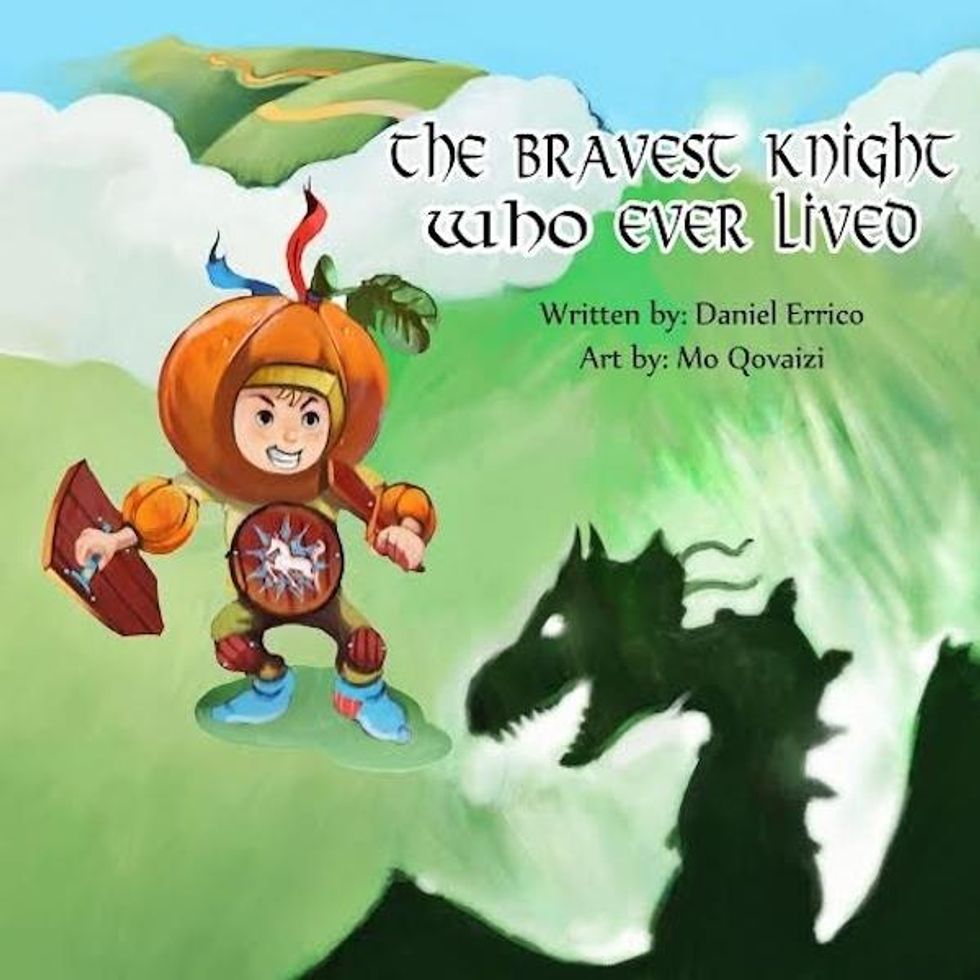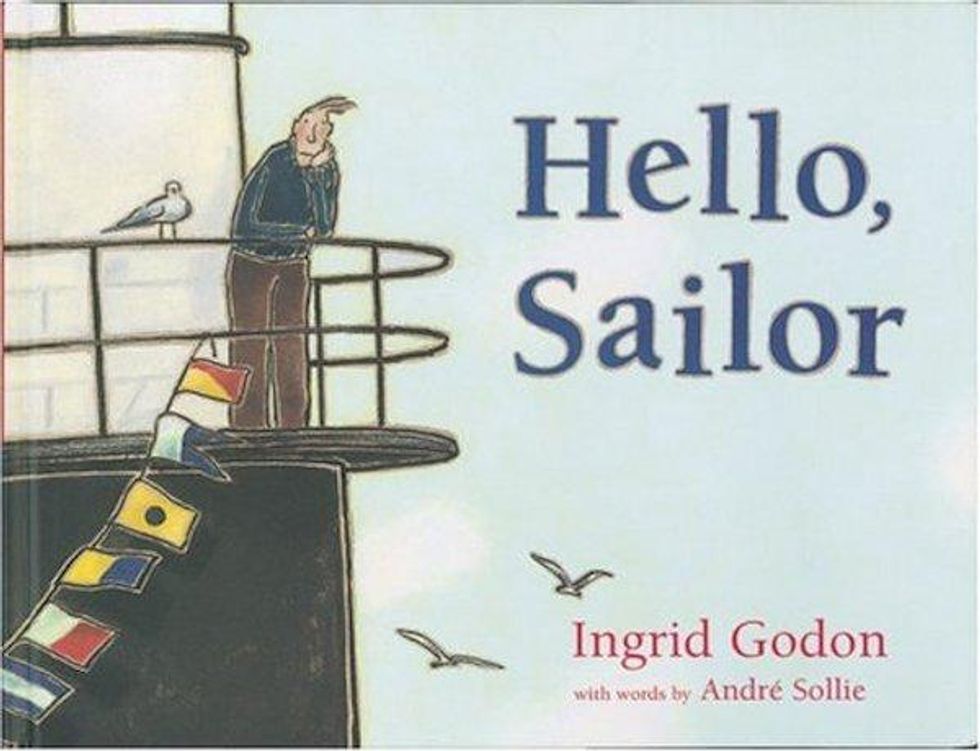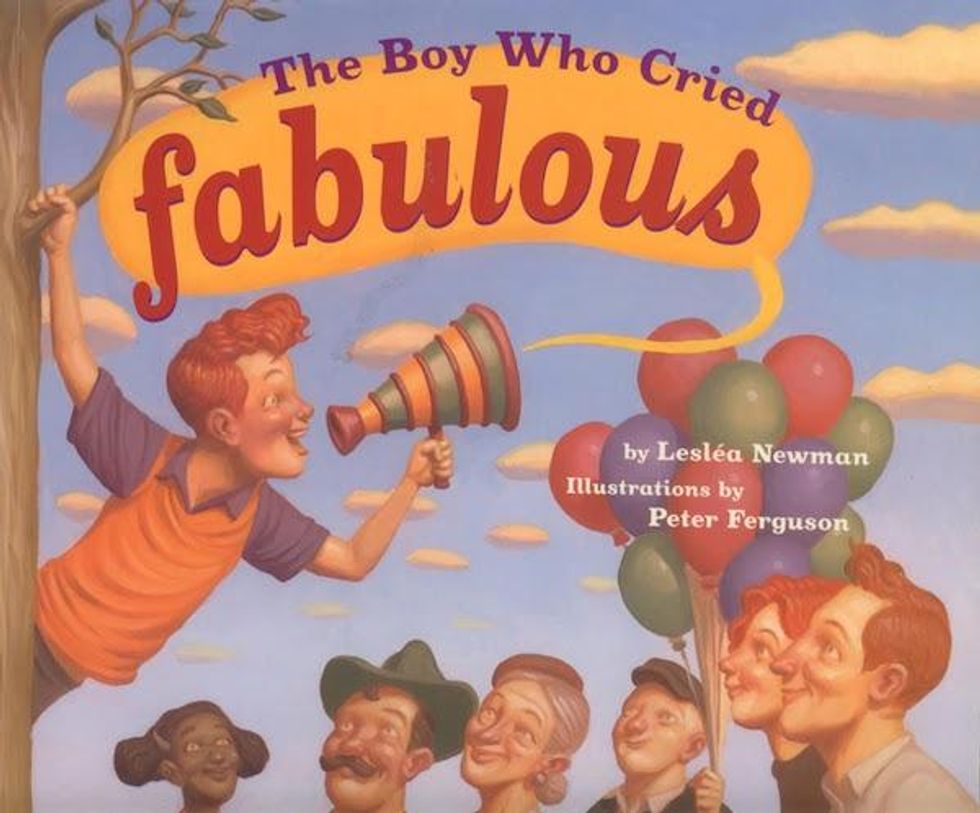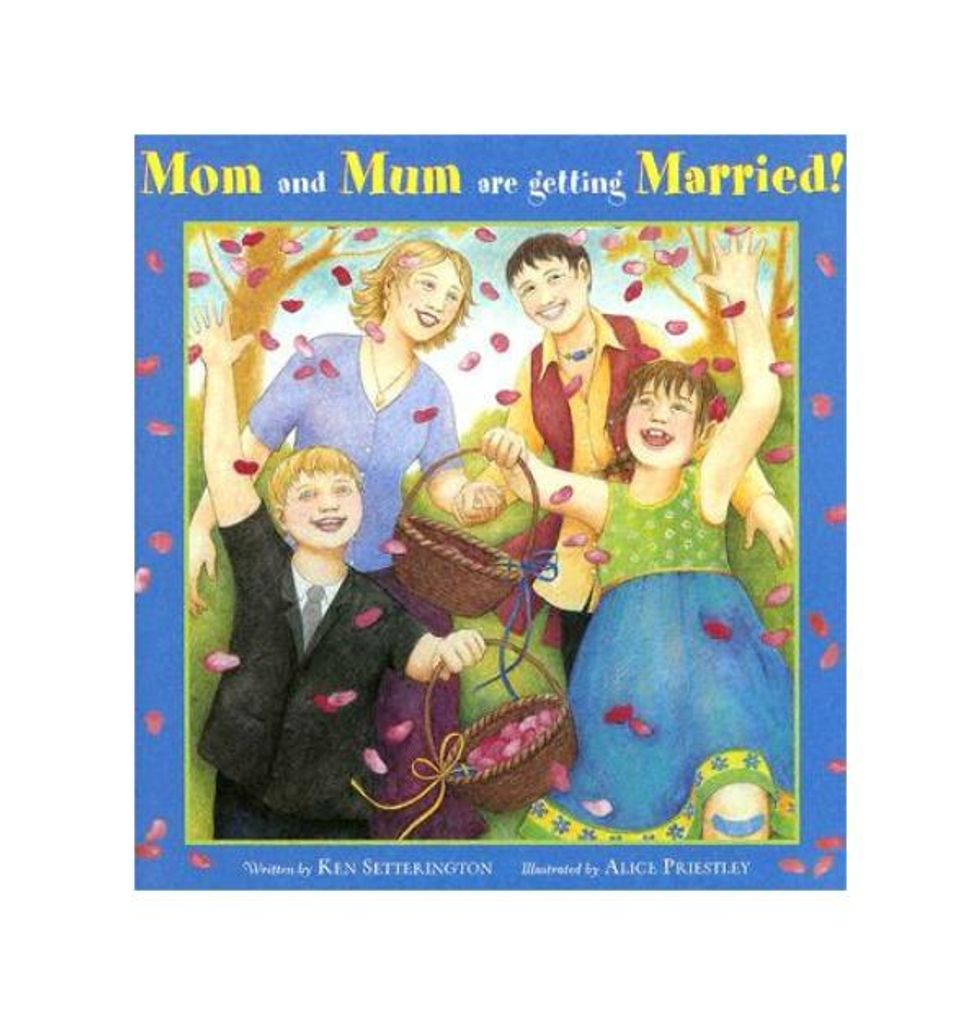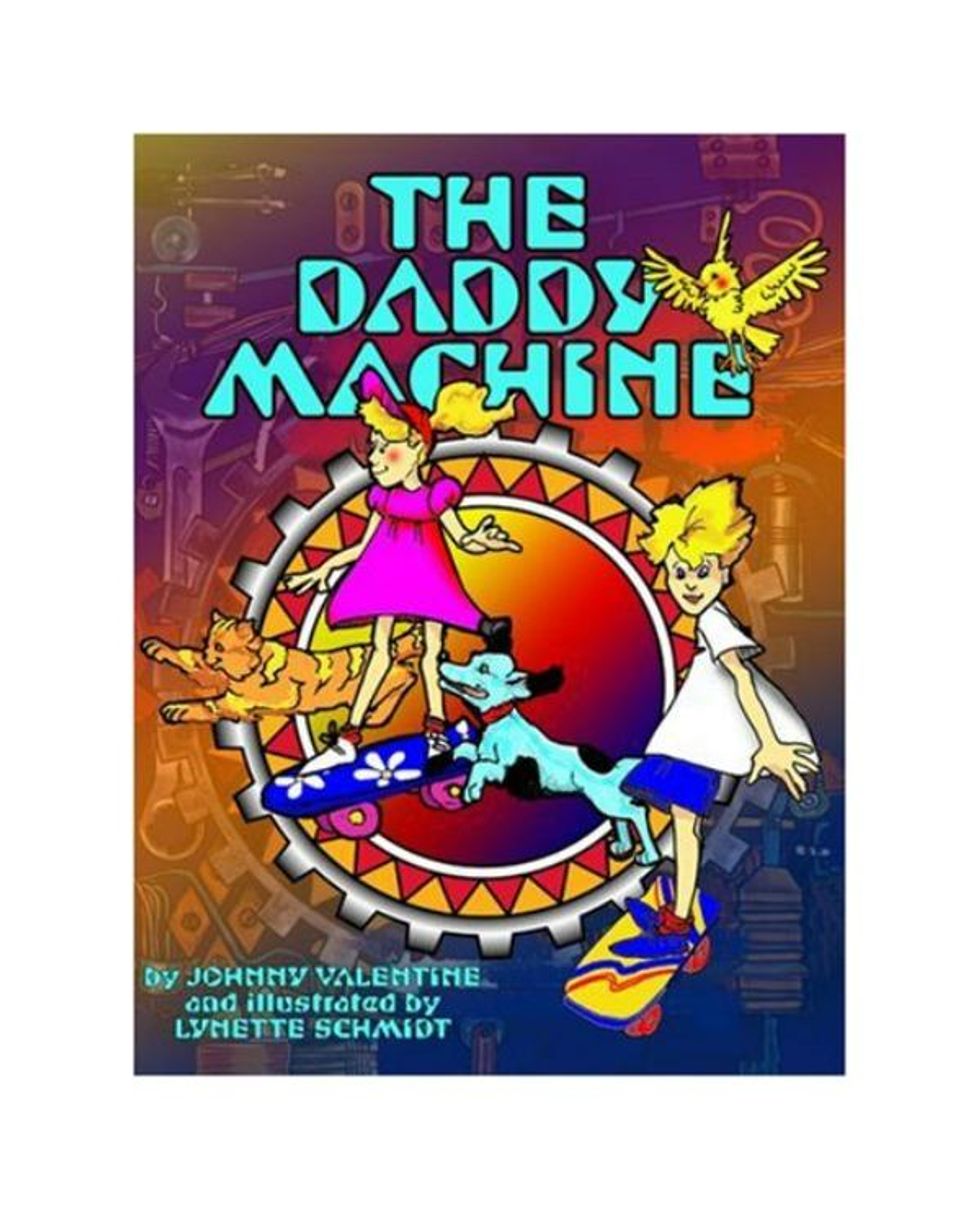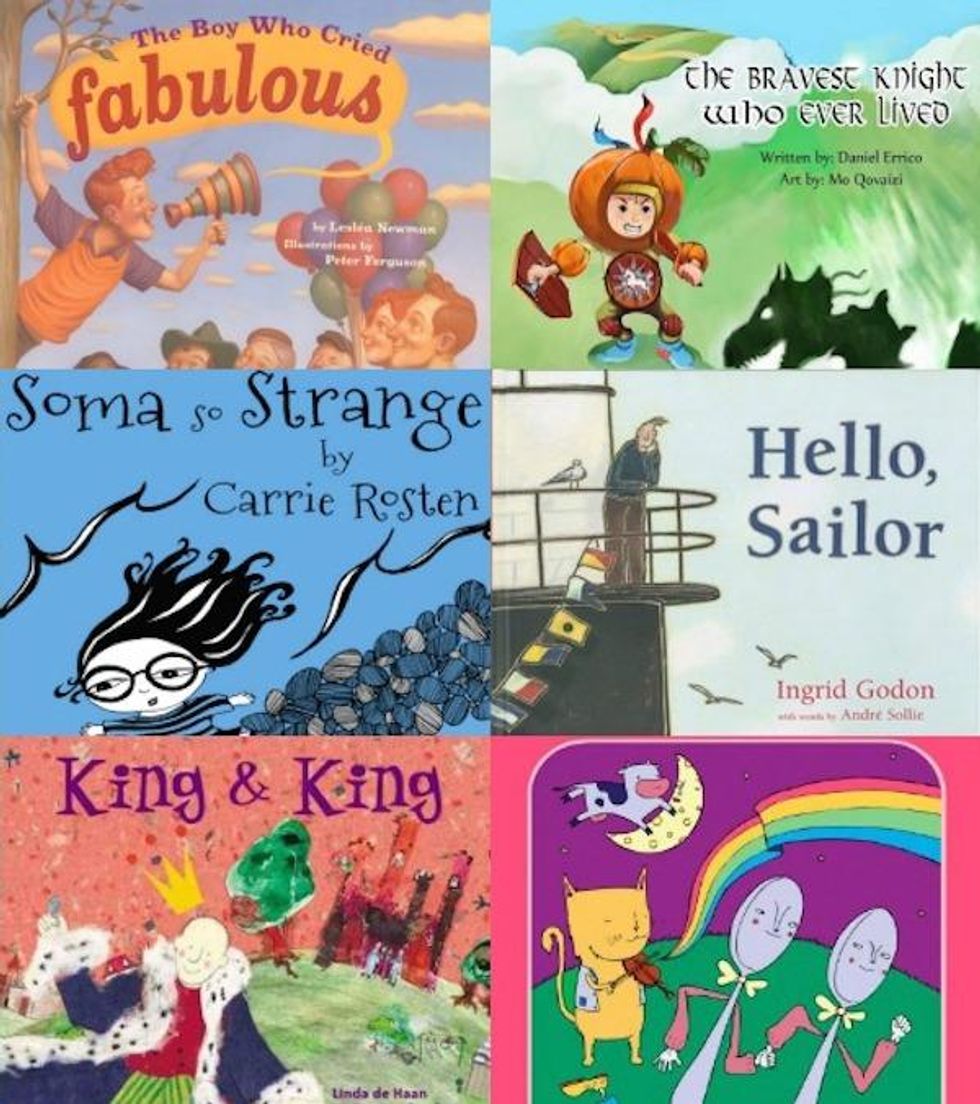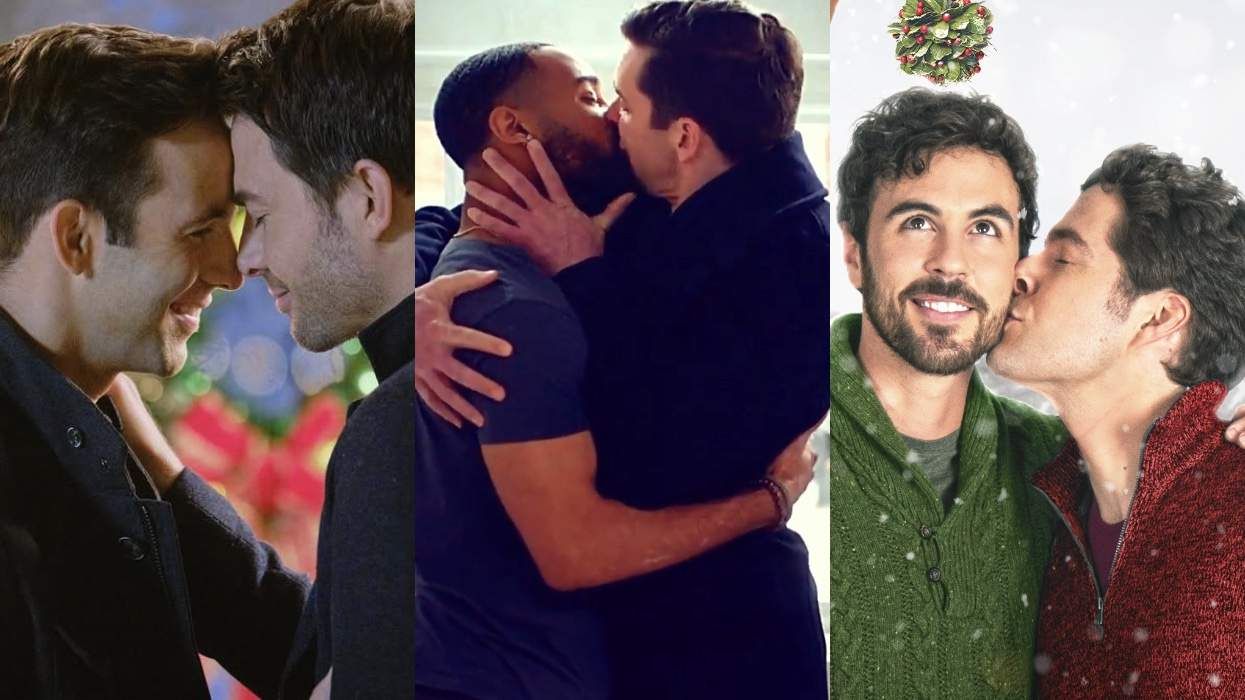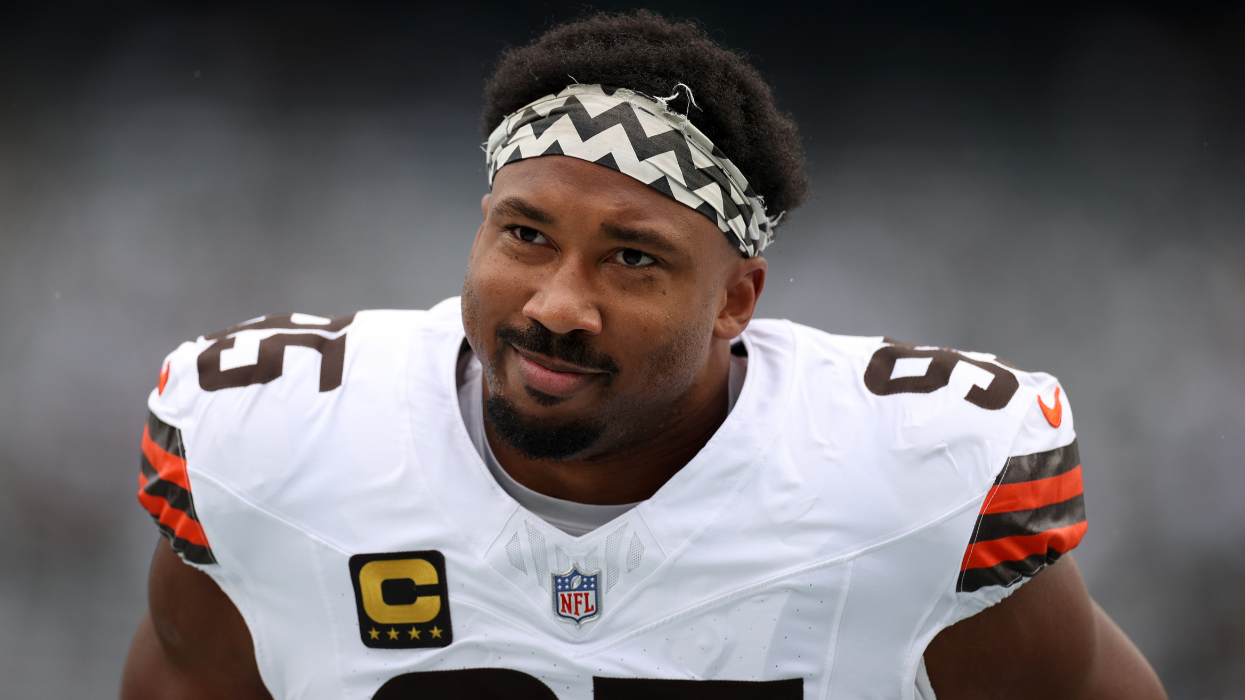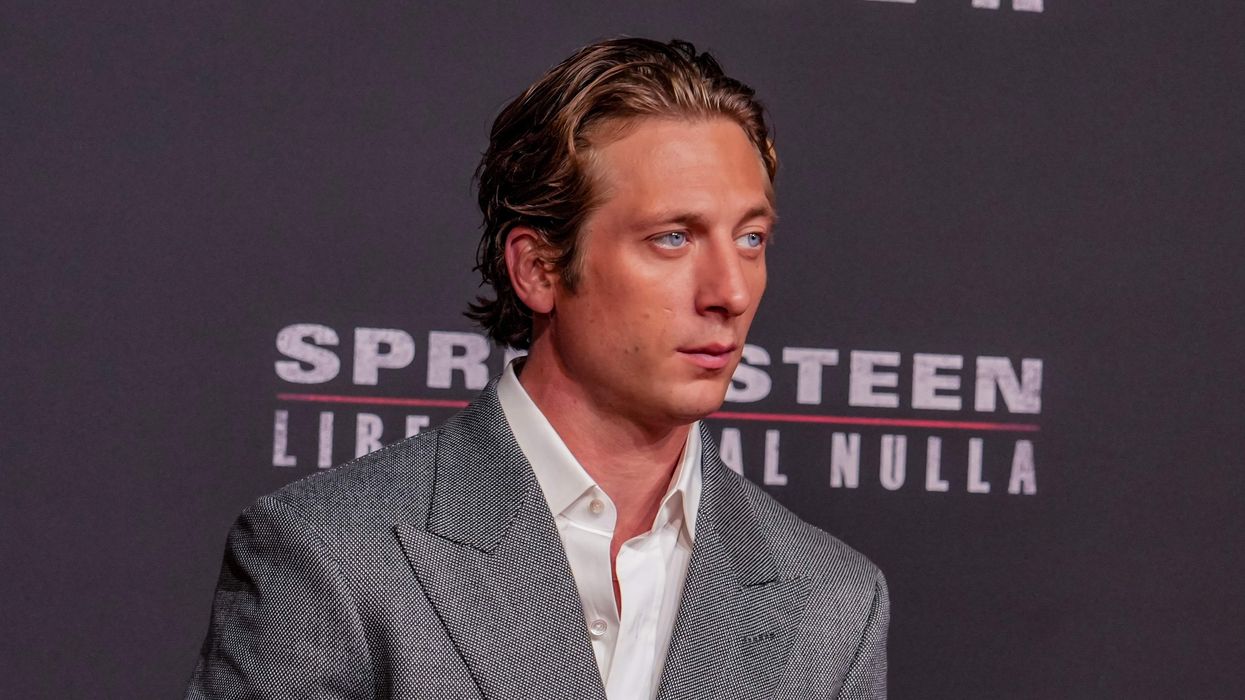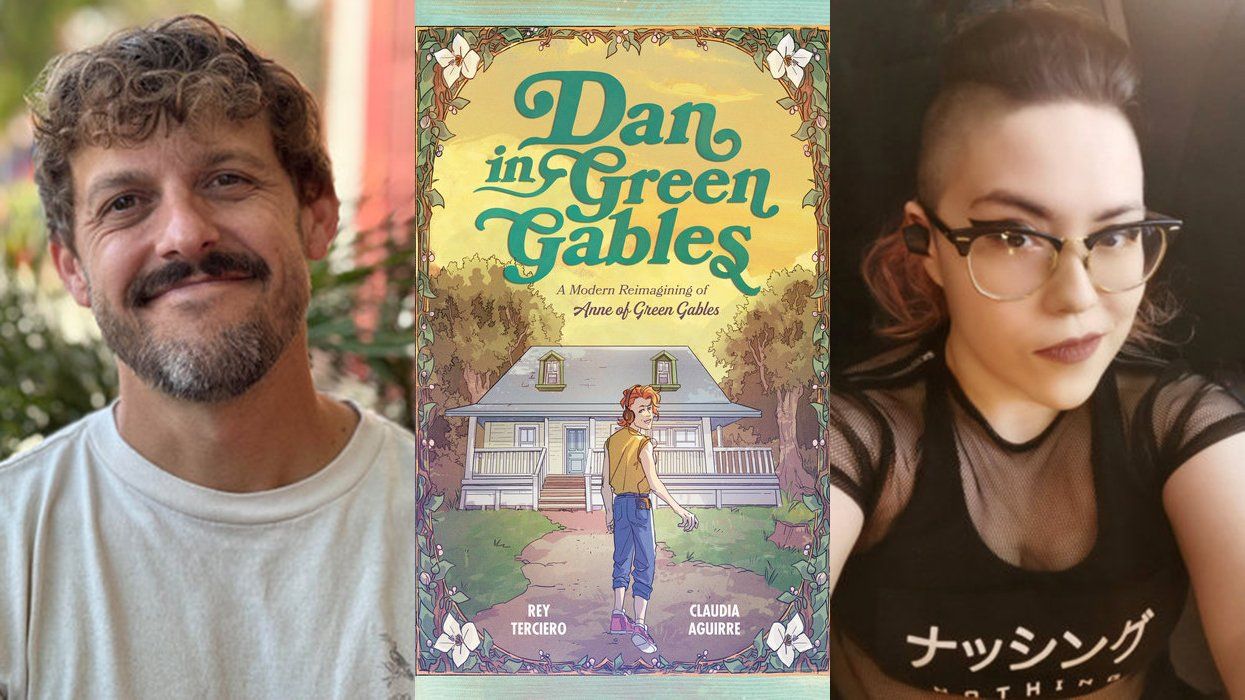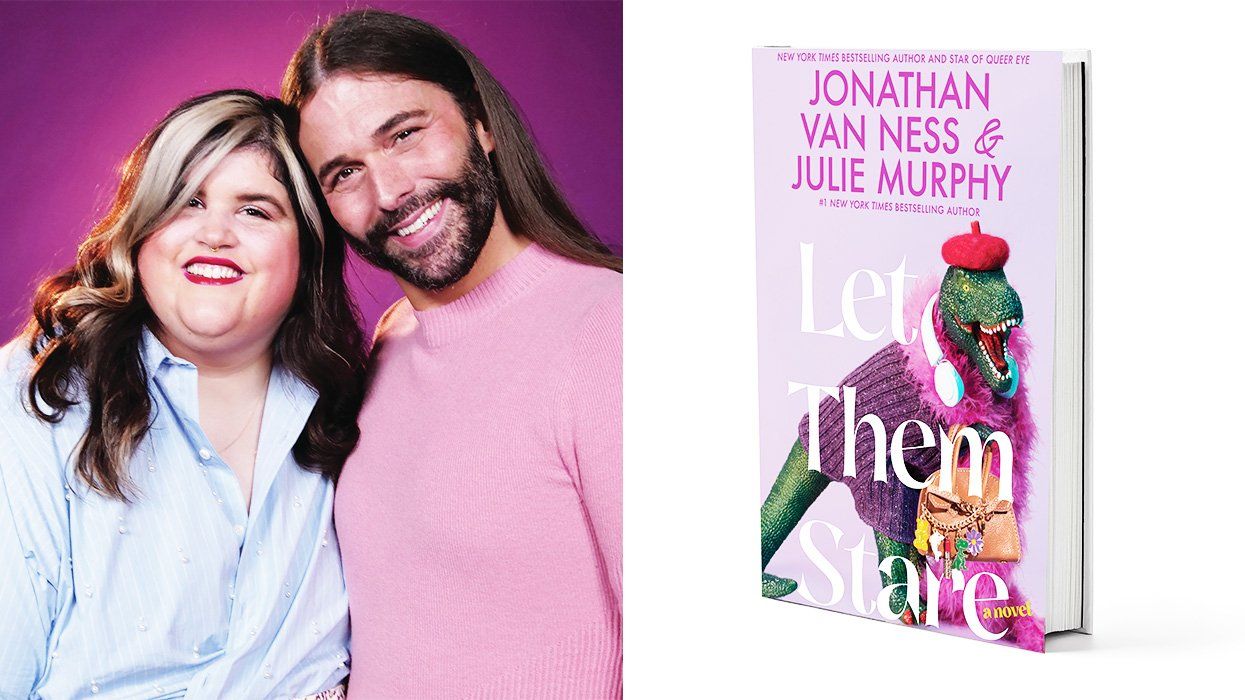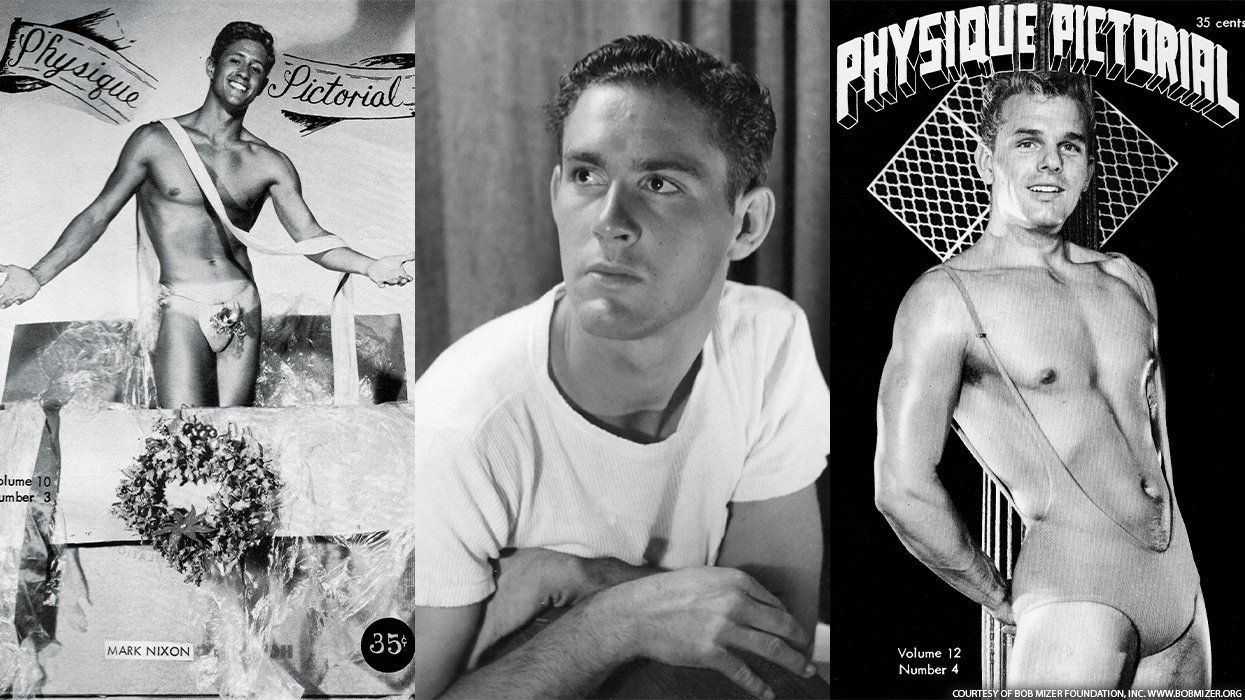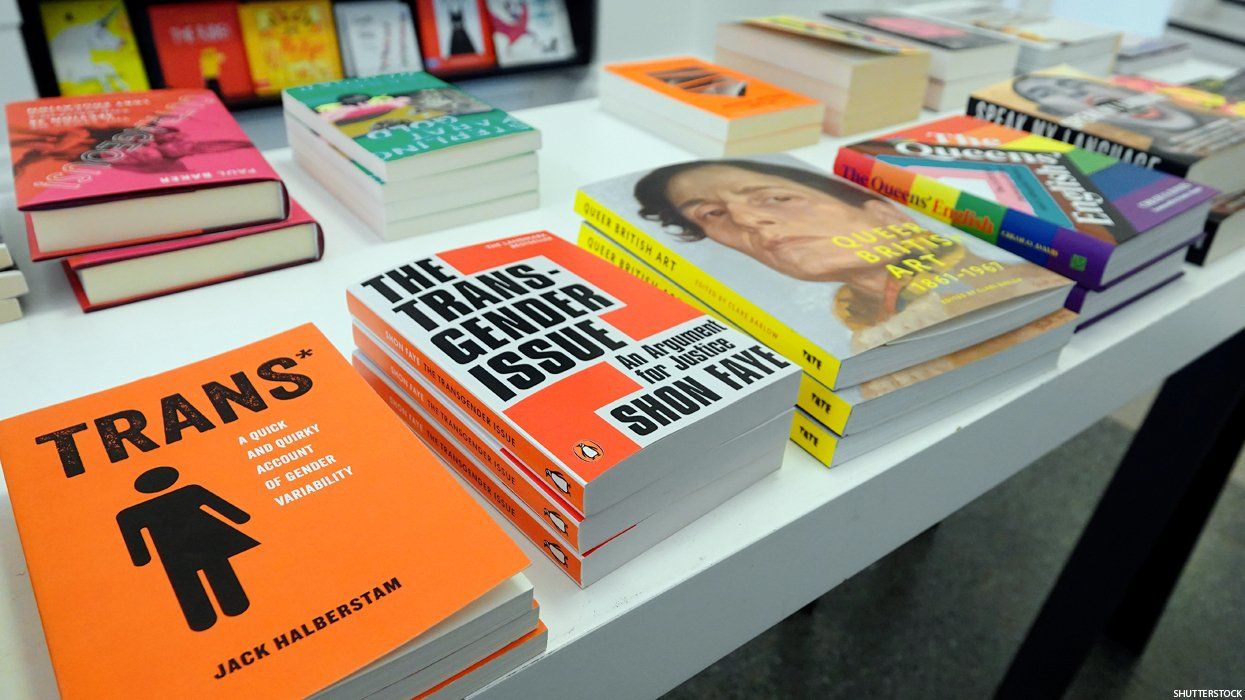Children's books occupy a tricky place in literature, especially when their aim is to change the minds of readers. With Heather Has Two Mommies, author Leslea Newman was the first person to portray a pair of lesbian mothers in a positive way in a children's book, and it instigated criticism during the culture wars of the '90s. Now with its 25th anniversary re-release, we look at other books that include LGBT characters. It's a fine line to tread: without verging into the realm of preachy, all good children's books have a lesson, but kids can't know that they're learning! Here's a handful of (mostly) recent books that stand out.
